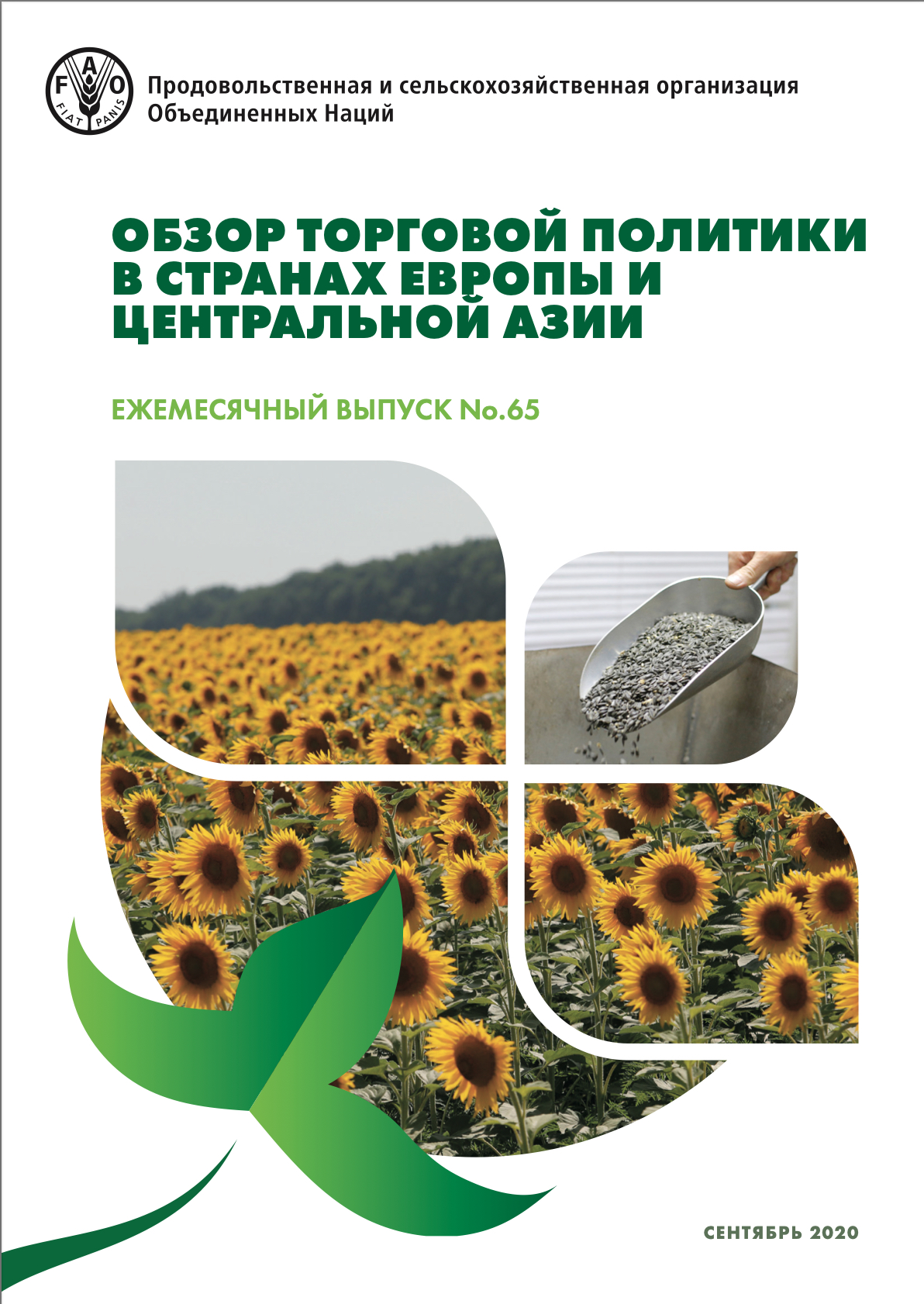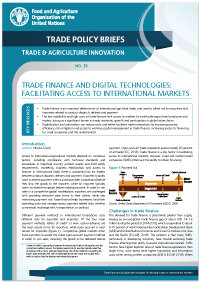Publications
The EST publications hub showcases the entire output of the division. The best way to find publications is by way of using our search facility wherein you can select pre-defined filters to optimize your search query.
The FAO Meat Price Index fell in July, resulting from declines in price quotations for pig and bovine meats, overshadowing a recovery in the prices of poultry meat and an increase of those of ovine meat. High export availabilities, amid weak global import demand, underpinned pig and bovine meat price falls. Brazil’s production cuts were principally behind the recovery in poultry meat prices. Subdued demand for ovine meat put a break on the...
The month of July saw FAO’s price indices for oilseeds and vegetable oils rise to multi-month highs, gaining, respectively, 3.1 and 6.6 points (or 3.5 and 7.6 percent). By contrast, in the case of oilmeals, the price index only marginally recovered from the marked falls registered in May and June, up merely 0.5 points (or 0.6 percent) in July. Compared to their year-earlier levels, the oilseeds and oilmeals indices stood,...
This policy brief provides an overview of how digital technologies can help facilitate access to trade finance for market participants, in particular micro, small and medium sized enterprises, by addressing numerous challenges in traditional trade finance.
In June, FAO’s price index for oilseeds recovered moderately from the nine-month low observed in May, gaining 2.0 points (or 2.3 percent). Mean-while, the vegetable oils index saw a marked rebound after declining for four months in a row, climbing by 8.8 points (or 11.3 percent) from its May value. By contrast, the oilmeal index continued declining, shedding 1.9 points (or 2.3 percent) month-on-month and reaching a six-month low. While...
In late May 2020, a locust outbreak was reported in northeastern provinces of Formosa, Santa Fé and Corrientes in Argentina. Crop and pasture losses have been limited due to the implementation of effective control measures. If swarms move to key producing areas of Argentina, Brazil and Uruguay, they could threaten the main 2020 winter wheat and barley crops that will be harvested in the last quarter of the year. Intensification...
Export prices of wheat continued to decline in June, pressured by the progress of the new harvests and a favourable global supply outlook. International prices of rice decreased for the first time since the start of the year mainly on account of slow trading activities. By contrast, prices of maize increased, after declining in the past several months, supported by strong global demand and adverse growing conditions in the United...
FAO assesses that globally 44 countries, of which 34 are in Africa, continue to be in need of external assistance for food. The effects of the COVID-19 pandemic are causing wide‑ranging and severe negative impacts on food security, particularly through the loss of income. Conflicts and weather shocks remain critical factors that underpin the current high levels of severe food insecurity.












